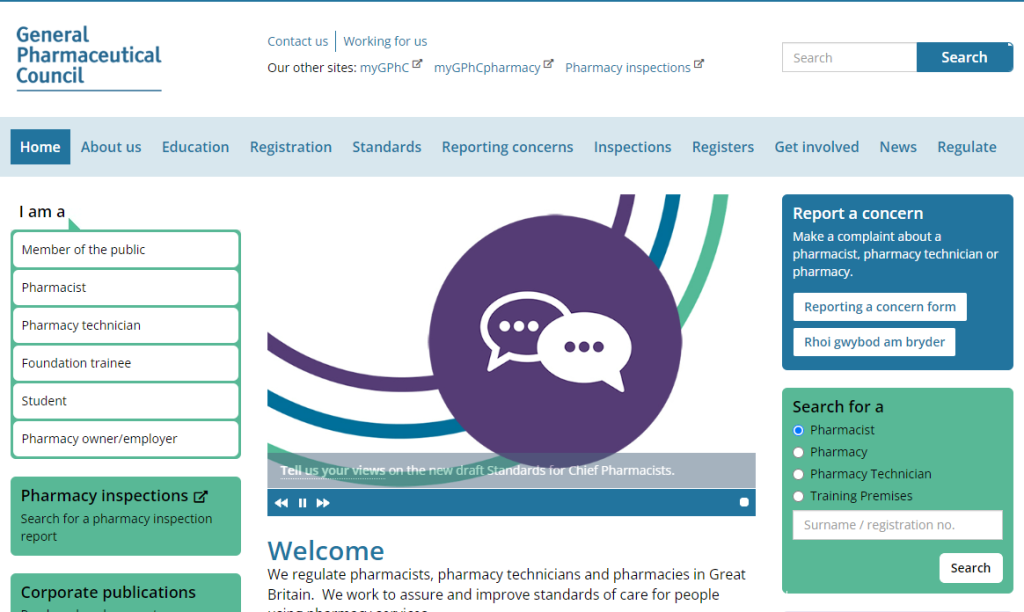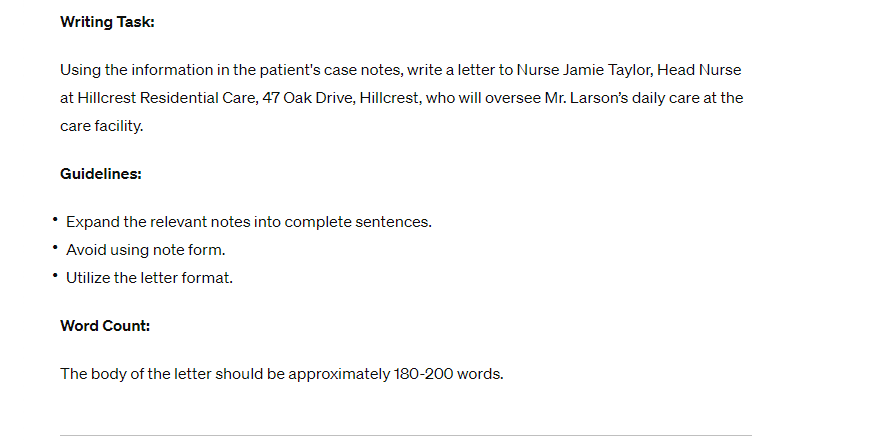The Intersection of OET Writing and Grammar
In the Occupational English Test (OET) writing sub-test, healthcare professionals are evaluated on their ability to convey medical information accurately and professionally. Achieving a Grade B not only requires a good grasp of medical knowledge but also an excellent command of grammar. This article delves into the common grammatical use cases that are pivotal for success in OET writing.
The Pillars of Grammar in OET Writing
Understanding and mastering the following grammatical elements are crucial for scoring a Grade B in the OET writing test:
- Tenses: The ability to use various tenses correctly is fundamental. For instance, when summarizing a patient’s current condition, present tenses are used, while past tenses are often necessary when detailing past medical history or previous treatments.
- Passive Voice: In medical writing, passive voice is frequently used to focus on the action rather than the subject. For example, “The patient was administered medication” instead of “The nurse administered medication.”
- Conditional Sentences: These are often used to discuss possible outcomes or give advice. For instance, “If the condition worsens, further tests may be required.”
- Modals for Politeness and Probability: Using modal verbs like ‘could’, ‘should’, and ‘might’ is common for making polite requests or suggestions, as well as expressing probability.
- Linking Words and Cohesion Devices: These help in connecting ideas smoothly, which is essential for coherent and logical writing. Words like ‘however’, ‘furthermore’, and ‘consequently’ are often used.
Addressing Common Grammatical Challenges
- Subject-Verb Agreement: Ensure that the verb agrees with the subject in number and person. For example, “The patient experiences” (not “experience”) “severe pain.”
- Correct Pronoun Usage: Using pronouns accurately is essential to avoid ambiguity, especially when referring to patients or medical staff.
- Articles: The correct use of ‘a’, ‘an’, and ‘the’ can be tricky but is crucial for clarity.
- Prepositions: These small words can significantly change the meaning of a sentence. For instance, there’s a difference between “The medication is for reducing pain” and “The medication is from a new supplier.”
- Consistency: Maintain consistent use of tense, voice, and style throughout the writing.
Practical Steps for Improvement
- Understand the Context: Always tailor your grammar to fit the specific medical scenario.
- Analyze Examples: Study high-scoring OET writing samples and note the grammatical structures used.
- Practice and Review: Write regularly and seek feedback, focusing specifically on correcting grammatical errors.
- Grammar Exercises: Engage in targeted grammar exercises that address your weak areas.
Conclusion: Grammar as a Gateway to Grade B
In conclusion, a strong understanding of these common grammatical use cases is essential for excelling in OET writing. By focusing on these areas and incorporating the practical steps for improvement, achieving a Grade B becomes a more attainable goal. Remember, in the realm of healthcare communication, grammar is not just a rule book—it’s a vital tool for ensuring clarity and professionalism.
Q1: What is the OET, and why is grammar important for it? The OET (Occupational English Test) is an international English language test for healthcare professionals. Grammar is important in the OET, especially in the writing sub-test, because it evaluates a candidate’s ability to convey medical information accurately and professionally. A good command of grammar contributes to clear and effective communication, which is essential in the healthcare field.
Q2: Can you name some key grammatical elements crucial for scoring a Grade B in the OET writing test? Yes, some key grammatical elements include the correct use of tenses, passive voice, conditional sentences, modals for politeness and probability, and linking words and cohesion devices. These elements help ensure that the writing is clear, professional, and appropriately conveys medical scenarios.
Q3: Why is passive voice often used in medical writing? Passive voice is used in medical writing to focus on the action rather than the subject performing the action. For example, saying “The patient was administered medication” emphasizes the treatment without unnecessarily highlighting who administered the medication.
Q4: What are conditional sentences, and why are they important in OET writing? Conditional sentences are used to discuss possible outcomes or to give advice, which is a common requirement in medical reporting and communication. They are important in OET writing to suggest what could happen or to recommend actions based on a patient’s condition, like “If the condition worsens, further tests may be required.”
Q5: What common grammatical challenges should OET candidates be aware of? OET candidates should be aware of challenges such as subject-verb agreement, correct pronoun usage, the proper use of articles, accurate preposition choices, and maintaining consistency in tense, voice, and style throughout their writing.
Q6: How can OET candidates improve their grammatical skills for the writing test? Candidates can improve by understanding the context of the medical scenarios they are writing about, analyzing examples of high-scoring OET writing samples, practicing regularly and seeking feedback, and engaging in targeted grammar exercises that address their weak areas.
Q7: In conclusion, how does mastering grammar contribute to achieving a Grade B in OET writing? Mastering grammar is essential for excelling in OET writing as it ensures clarity and professionalism in communication, which are critical in healthcare settings. By focusing on common grammatical use cases and practicing diligently, candidates can improve their writing skills and increase their chances of achieving a Grade B.
Creating questions and answers like these can be a helpful way to reinforce the content of the article and assist beginners in understanding and applying the information to their OET preparation.









Leave a Reply